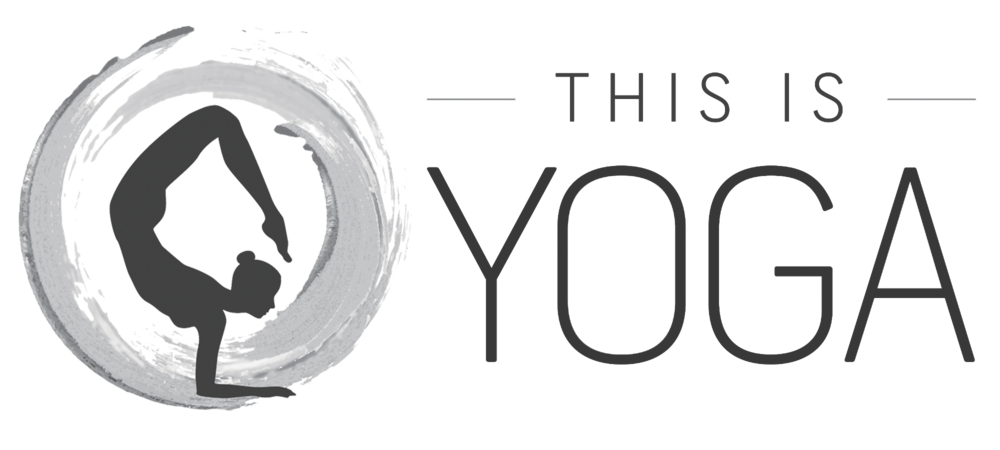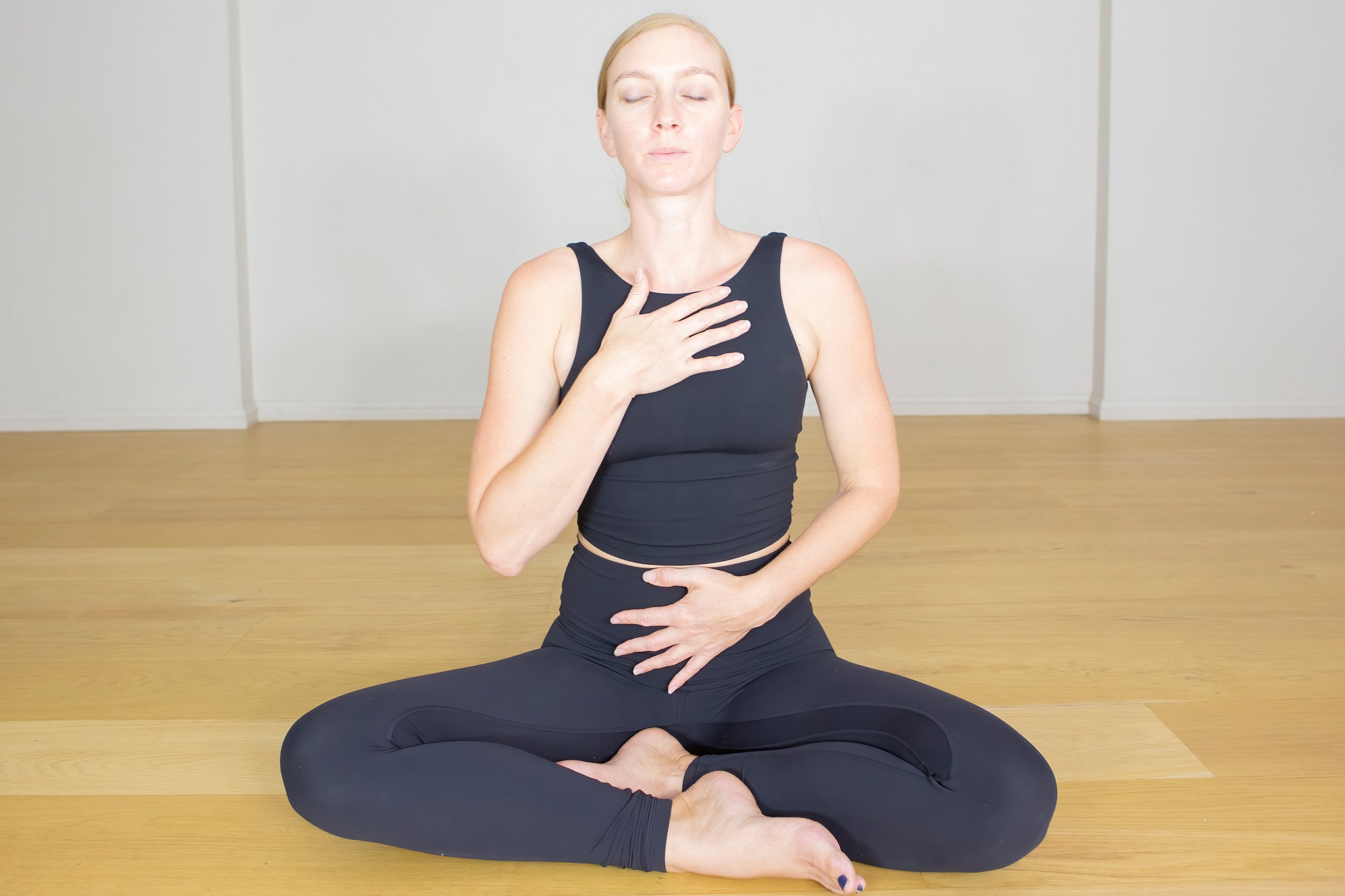Finding self-love is the first step and the most important one to being open to love others and to receive and accept love from others. As an important and difficult thing at the same time, it’s important to find the time and the space for ourselves to really observe the sensations and emotions and connect with the self and the heart.
With the feeling of uncertainty present in the actual world, it is even more important to look for an internal safe space to stop and listen to our hearts. Yin yoga is a good way to enjoy the time to ourselves and listen to the body and personal needs and balance the energy reaching the deepest tissues. Yin promotes relaxation, calming the nervous system. It also connects us with our inner selves allowing balance of the mind with the heart.
Embrace this practice and find the space between your thoughts, coming back to your internal landscape and relax in the present moment, resting in the serenity of your heart. Prepare the space and time to feel this open heart practice and enjoy this time to be with you. Listen to your body and give you a bit of self-love. In a time where we have a lot of stimulus to look outside ourselves, use this practice to bring your attention inwards and learn with it.
Reclined Butterfly (5 min)
Lie down on your back with the spine on the floor or resting in the bolster. Bring your feet together, let the knees fall to the sides and if you need to use blocks as support for under your knees. Start to relax the back, the shoulders and the facial muscles as these are areas where we normally carry some tension.
Bring the right hand to the lower abdomen and the left hand to the centre of the chest and keep your eyes slightly open or closed and start to look inside your physical body, your mind and your emotions, allowing your feelings to show up. Slowly start to connect with your breath, feeling every inhalation and every exhalation. Notice how the air flows in your abdomen and chest. If it’s more comfortable for you, feel free to stretch your legs slowly on the floor.
When the time is up, if you used props as support, move them slowly aside, bring your knees to your chest and slowly find your way to a seated and comfortable meditation position on the floor.
Sukhasana / Easy Seated (3 min)
Sit comfortably with your hips on the floor or positioned on a cushion, feeling the support of the earth and how your spine grows tall. Rest one hand on your belly or in the lap and use the other hand tap or massage the thymus gland (centre of the chest) for a couple of minutes using this action to awaken your body’s energy and bring awareness to the heart space.
Stay for 3 minutes in your meditation position, then relax your hands to your knees, feel your natural breath and accept every feeling or sensation without judgment.
Anahatasana / Melted Heart (3 min)
Come to a table top position with your hands and knees on the floor. Use a blanket to support your knees if needed and start to slowly move your spine, hips and neck through free movement stretching it with awareness.
Stop the movement and open the shoulders as you walk the hands forward and melt the heart to the earth, keeping your hips above the knees. Use a bolster under your elbows if you require a less intense backbend. Adjust your hands more to the edges of your mat if needed to create space in your shoulders and chest. Maintain the pose for 3 minutes.
Start to move slowly and stay for a few minutes in a rebound pose lying down on your belly or child’s pose (Balasana).
Eka Pada Rajakapotasana / Sleeping Pigeon Pose (3 min each side)
Come to hands and knees in tabletop position. Then, bring your right knee behind your right wrist and slide your left leg back behind you, dropping your hips to rest on the bed. Remain upright for a deep hip opener and backbend, or fold forward for a more restorative pose.
Try to keep your hips level in this pose. If one hip is floating and needs support, place a bolster, block or pillow underneath or bunch up your comforter underneath your hip for support. You can also rest your chest forward onto a bolster or pillow. If this pose is still uncomfortable, take a Figure Four Stretch instead by lying on your back with your right ankle resting on the left thigh and right knee out to the side. Repeat on the other side.
Viparita Karani / Assisted Legs Up The Wall (5 mins)
If you’d like to use the wall for support, start by laying on your side in an L shape with your feet in line with your hips and your butt up against the wall. You can use your top hand to press into the floor to roll onto your back, swinging your legs up the wall. Try and spend as much time as you can in this pose, restoring your body. To get out of the pose, roll back onto your side. Take a few minutes to stabilise before sitting up to prevent dizziness.
You can place a yoga block or a bolster underneath your lower back or sacrum for support. To easily get into this pose start in a bridge pose. Lay on your back with your knees bent, feet on the floor. Lift your hips and place the block under your sacrum ( right above your tailbone). Then raise your legs and feet toward the ceiling. You may leave a slight bend to your knees here. Give the block all of your weight and relax into the pose.
Savasana (10 min)
Extend the legs while on your back and rest in a comfortable pose. If you feel tension on the lower back use the bolster below your knees as a support to help relax the spine.
Stay in Savasana as long as you feel your body asks for (at least 10 min).
Release any tension in your physical body and your mind. Feel your natural breath and if your mind starts to stimulate you with a lot of thoughts just observe, accept them and let them go as you come back to your inner bubble. Let go of tension, worries and relax.
After the time you decide to give yourself in Savasana start to awaken your body with slow movements, bring your arms to your chest grabbing opposite shoulders and give yourself a hug expressing gratitude.
Original Blog - Nancy Nelson Yoga.







